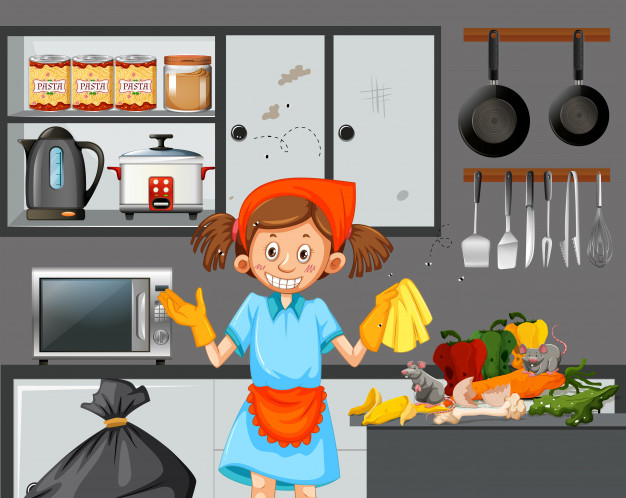How a paper bag will save the world
Each of us daily contributes to the poisoning of our own food and water. No filters will help cleanse toxins from plastic and polyethylene that have penetrated into groundwater, lakes, rivers and oceans, or the earth itself! And you still wonder why we get so sick, why we die so early, why do our children get sick endlessly? Not only are all products and goods in stores packaged in plastic and polyethylene, but we also add portable polyethylene options to this.
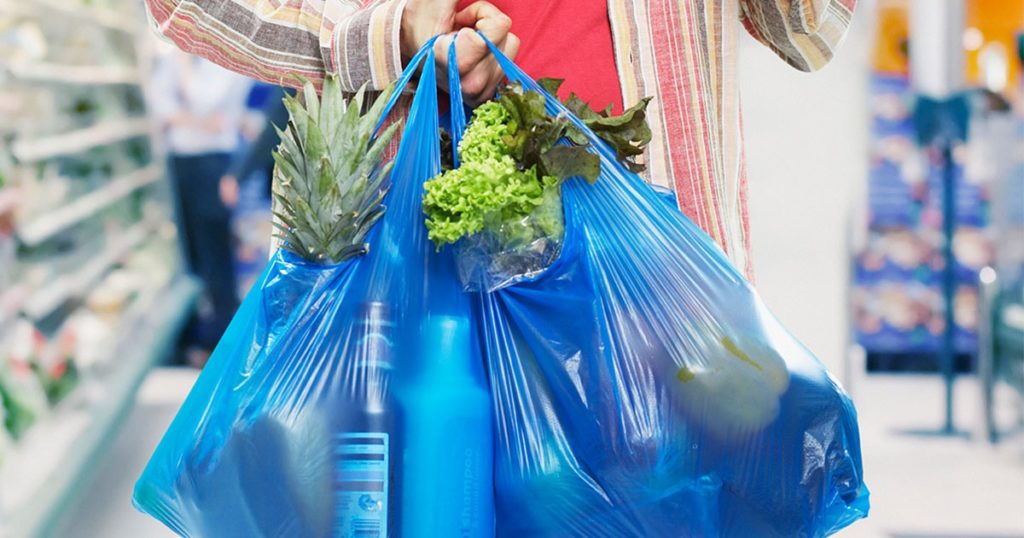
Since the 50s of the last century, the plastic bag began its victorious march throughout the world. At first, it seemed that this technological achievement would bring only benefits. However, year after year, plastic waste began to grow, and in the new century the problem acquired alarming planetary proportions.
The content of the article
How your choice of paper can save the planet
People for the most part do not realize the level of threat; consumer society has taught us to enjoy the benefits of civilization without thinking about the consequences.
The solution to the problem depends on each individual person, you, the one who is reading these lines now.
To understand this, just look at the mountains of garbage at the nearest city landfill. We make our “contribution” every day by sending bags of waste there, most of which is plastic. What can we say about those who don’t bother to take their trash to the trash can! Animals tear apart polyethylene in search of food. This is especially true in winter.And what do we see in the first days of spring? Snowdrops? Slips? No, we see chaotically scattered multi-colored bags!
Birds and animals often die after eating part or all of a cellophane bag.
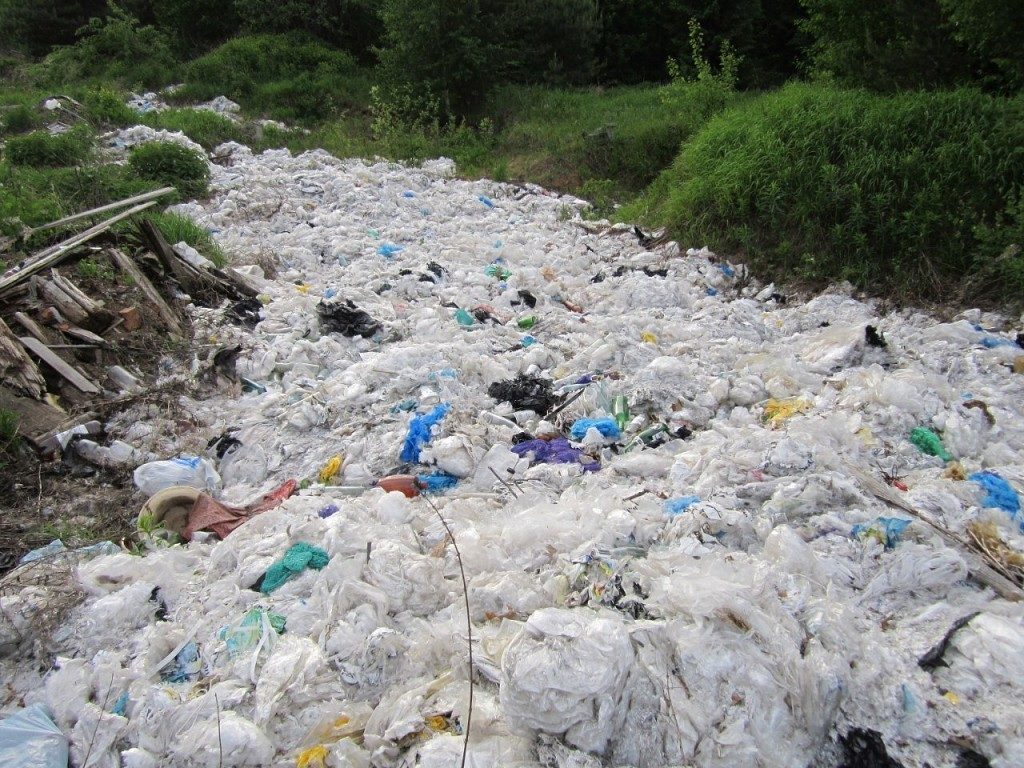
At first glance, this may not seem like much, but there are 7.5 billion people on Earth. They produce about a million tons of garbage every day.
Through environmental pollution, plastic returns to humans: according to scientific research, its elements are contained in soil, water, air and even salt.
Taking the first step towards saving the world means starting to use paper packaging. In many countries around the world, this method has become increasingly popular.
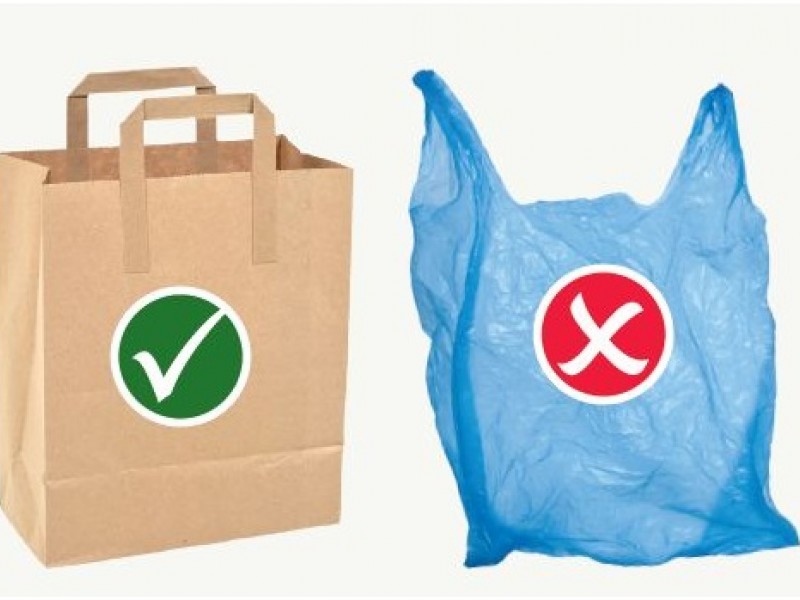
Paper does not pollute the soil and does not kill animals; when it decomposes, there are no emissions of harmful substances.
An alternative would be to use ECO bags, which are made from natural fabrics (linen, cotton, etc.) and are durable and comfortable. You can purchase them or make them yourself.
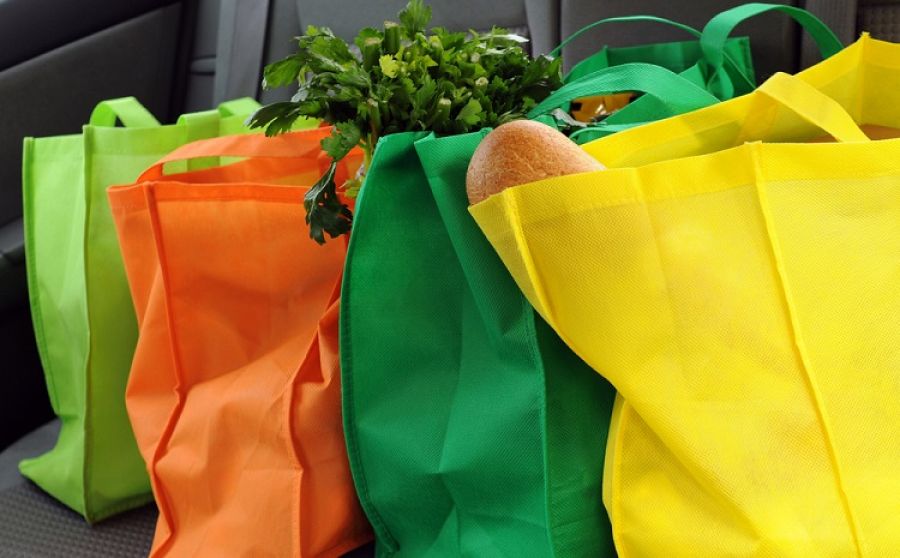
ON A NOTE. During Soviet times, plastic packaging had a limited scope of use. Which was not a problem for buyers. Milk, kefir, sour cream and many other products were sold in glass or cardboard. Fabric bags were widely used. This is an example of the fact that doing without packaging polyethylene is a real and feasible task, both at the level of an individual and on a national scale.
Obviously, if we want to save the world around us from destruction with our own hands, it’s time to give up plastic. We can save our planet, our common home, only through joint efforts. It's not too late yet.
Polyethylene pollutes and destroys our planet
We live in an era when nature is experiencing global influence from human activity. Hundreds of species of animals, birds and fish become extinct every year. In the list of destructive materials, plastic rightfully occupies the first place.
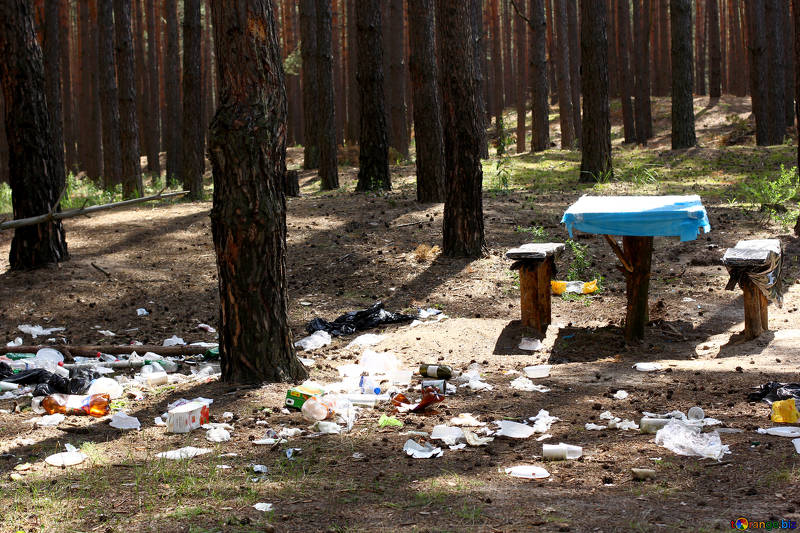
Here are some facts characterizing the impact of plastic waste on the environment:
- According to scientific data, up to 90% of seabirds have included plastic in their diet, resulting in their stomachs containing multiple fragments of polymers.
- The decomposition period of the polymer in the soil is about 200 years. During this time, the material breaks down into small particles and releases various chemicals, these can be chlorine, carcinogens and toxic elements (depending on production additives).
- When polyethylene and its particles penetrate into water sources, the death of animals begins - both due to consumption of the material as food, and falling into traps from waste (the cubs are the most vulnerable).
- The annual number of victims of plastic numbers tens of thousands, and these are birds, fish, whales, and turtles.
- The world's oceans are replenished with plastic every year - up to 13 million tons. The infamous “Great Garbage Patch” has already covered 1% of the Pacific Ocean. As a result, 80 percent of marine debris comes from packaging material.
- No more than 5% of plastic is sent for recycling.
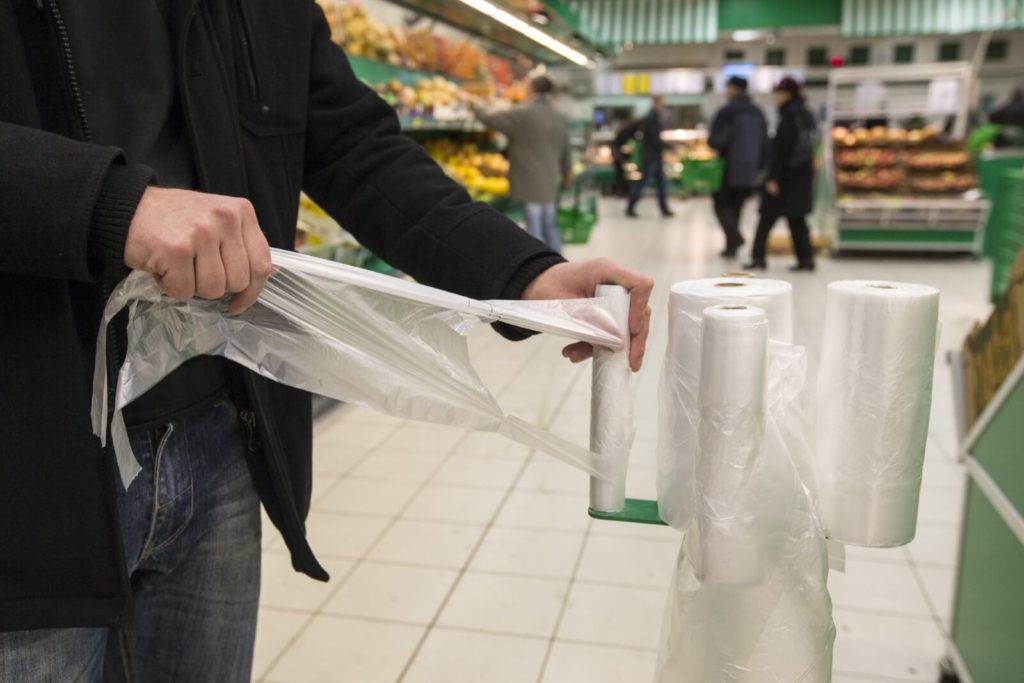
REFERENCE. At the beginning of the 70s, a little more than 11 million bags were produced per year in Western Europe. In the new century, its production worldwide has reached a trillion units annually. According to statistics, polyethylene accounts for 29% of the total production of all polymers, while up to 40% is consumed for packaging.
Currently, about 40 countries around the world are gradually abandoning environmentally harmful packaging and have introduced restrictions in this area, for example, neighbor Georgia. In some states (for example, Kenya, Denmark) a categorical ban on the use of plastic has been introduced. Violators face huge fines.
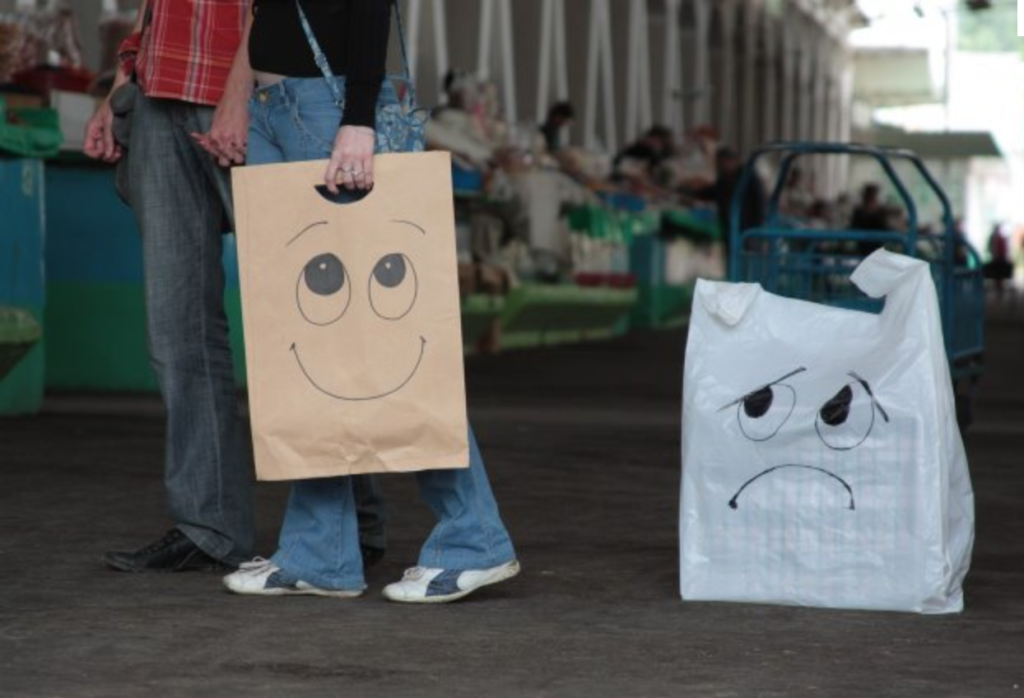
Share this information with friends and family. Every discarded plastic bag is a blow to life on earth and to your own. Remember this!





